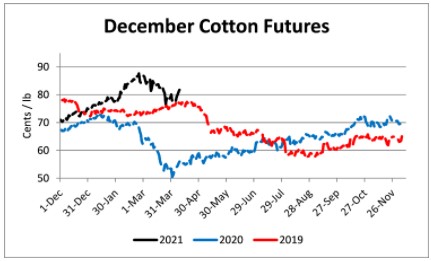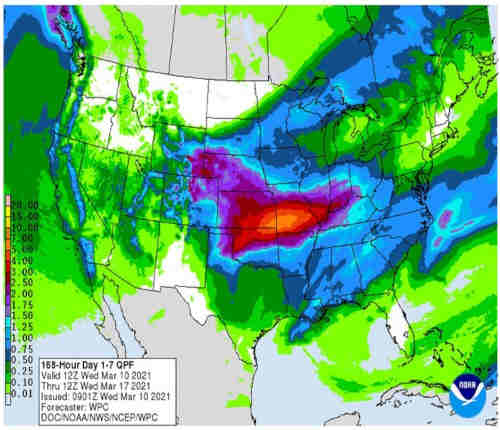Table 1. Rotations of soybean varieties PI88788 (PI), Peking (PE) and Susceptible (S) soybean varieties as well as ILeVO (I), 2017-2019.
Treatment | 2017 | 2018 | 2019 |
|---|
PI/PE/PI | PI88788 | Peking | PI88788 |
PI/PI/PI | PI88788 | PI88788 | PI88788 |
PE/PE/PE | Peking | Peking | Peking |
PE/S/S | Peking | Susceptible | Susceptible |
PI+I/S/PE | PI88788 + ILeVO | Susceptible | Peking |
PE+I/S/PI | Peking +ILeVO | Susceptible + ILeVO | PI88788 |

Figure 2. Soybean yields relative to the best performing treatment (100%) for soybean cyst nematode management in 2018. Columns labeled with different letters are significantly different Tukey’s HSD p<.05.
In the first year of the trial, soybean cyst nematode populations and yields were similar across all treatments. However, in year two, yield differences were apparent. Rotating resistance from PI88788 to Peking (2017-2018) resulted in the highest yields, while plots with the continuous use of PI 88788 or Peking had yields that were 5% and 8% lower, respectively (Figure 2).
The rotation of PI88788 to Peking resistance also resulted in the lowest quantity of soybean cyst nematode cysts, eggs and J2 nematodes in the soil at harvest. Two successive seasons of PI88788 or Peking, however, had slightly greater soybean cyst nematode levels than when the resistance was rotated (Figure 3).

Figure 3. Percent differences in soybean cyst nematode populations from harvest 2017 to harvest 2018. Values lower than 100% indicate a decline in soybean cyst nematode counts over time. N.S. indicates no significance between treatments Tukey HSD p<.05.
Regardless of the type of soybean cyst nematode resistant soybean grown in 2017, all of the 2018 plots planted with soybean cyst nematode susceptible soybeans had the highest levels of SCN cysts, eggs and juveniles present in the soil at harvest with two to three times greater levels than the PI88788 to Peking rotation. These trends continued in 2019, with the greatest yields observed in plots with rotated sources of resistance. Interestingly, in this study three continuous seasons utilizing Peking resulted in the lowest yields.
Chemical management: Seed treatments and in-furrow applications
Several chemical products are now available for soybean cyst nematode management as a seed treatment on soybeans. In research trials, using seed treatment products like ILeVO (BASF) and BIOst (Albaugh North America) has shown yield increases averaging 2-4 bushel more soybeans per acre (data not shown). Additional pesticides are also being evaluated for in-furrow application at planting and in-season (foliar) applications for nematode management. Some of these products have shown positive responses for the suppression of nematodes and/or the potential to protect soybean yields, but further testing is needed.
Still, chemical control measures should be utilized as added tools for nematode management and not the only means for their control with a susceptible soybean variety. Always read and follow labels instructions to ensure the crop and uses are allowed before making any applications.
Manure: Adding animal waste to the corn-soybean rotation
Recently, the MSU Applied Nematology Lab explored the possibility of adding poultry manure/compost ahead of corn planting for a grower utilizing a corn-soybean rotation to reduce soybean cyst nematode populations. Since corn is a non-host crop for soybean cyst nematode, eggs will not hatch but instead lie dormant within the cyst until a signal from the roots of a suitable host is available. In this study, however, a significant increase of second-stage juvenile soybean cyst nematode and a decline in the levels of eggs in the soil were observed following the addition of poultry manure (1.25 tons per acre), suggesting that hatching was stimulated (Figure 4).
However, without a suitable host present, the second-stage juveniles were unable to survive thereby reducing the soybean cyst nematode population in the field. Testing will continue to determine the impact on the following soybean crop and soybean cyst nematode populations. Additional types of composts/manures will also be evaluated in future trials to determine if there are key components in these materials or if secondary benefits to soil health are impacting soybean cyst nematode survival.

Figure 4. Average eggs, juveniles (J2) and eggs/cysts observed overtime following the application of poultry manure at a rate of 1.25 tons/acre just prior to corn planting.
Cover cropping and weed management
When selecting a cover crop for soybean cyst nematode control, it’s imperative to not select plants that will support nematode reproduction. Our initial testing for host-evaluation potential was completed in a growth chamber. For this study, oilseed radishes (‘defender’, ‘ecotil’, ‘respect’), black oats, sorghum sudan grass and sunnhemp appeared to be non-hosts to soybean cyst nematode. Therefore, planting these cover crops in soybean cyst nematode infested fields will not allow soybean cyst nematode reproduction. Additional studies are planned to determine if these cover crops stimulate soybean cyst nematode hatching or causes soybean cyst nematode second stage juveniles’ mortality.
Additionally, proper weed control is critical for soybean cyst nematode management. Common weeds such as chickweed (Stellaria media), common mullein (Verbascum thapsus) and hairy vetch (Vicia villosa) can all support soybean cyst nematode reproduction. For recommendations on weed control in soybeans, refer to the 2020 Weed Management Guide for Field Crops.
Conclusion
Many options are available to combat soybean cyst nematode including cover crops, crop rotation, chemical applications and resistance rotation. Before making management decisions, it is critical to understand soybean cyst nematode populations and possibly the level of genetic resistance present in your fields. Based on our findings, switching from PI88788 to Peking resistant varieties for alternating soybean crops appears to be an effective tactic to limit soybean cyst nematode and improve yields. The Soybean Cyst Nematode Coalition recommends utilizing Peking resistance only every third season of soybeans and different sources of PI88788 the other two.
Source : msu.edu